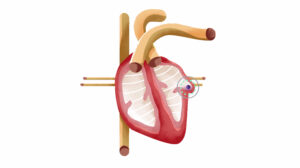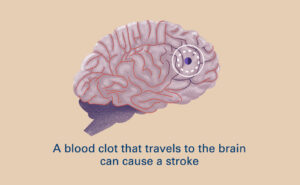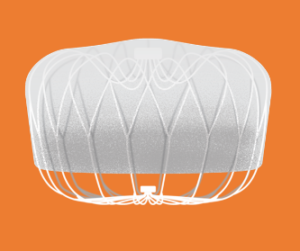What is Atrial Fibrillation?
Atrial fibrillation (AF), or AFib, is an irregular, quivering, and often rapid heartbeat.
Over six million people are affected by AFib in the U.S.1 The average person with atrial fibrillation is five times more likely to have a stroke than someone with a regular heartbeat due to the fact that AFib can decrease the heart’s pumping capacity by as much as 30%.1 Because blood isn’t pumped out of the heart normally, it’s easier for blood cells to stick together and form clots in the LAA.1,2 When a blood clot escapes from the LAA and travels to another part of the body, it can cut off the blood supply to the brain, causing a stroke.3,4
Left Atrial Appendage (LAA)
More than 90% of stroke-causing clots that come from the heart are formed in the LAA.

Blood Clot & Stroke
A blood clot that travels to the brain can cause a stroke.

